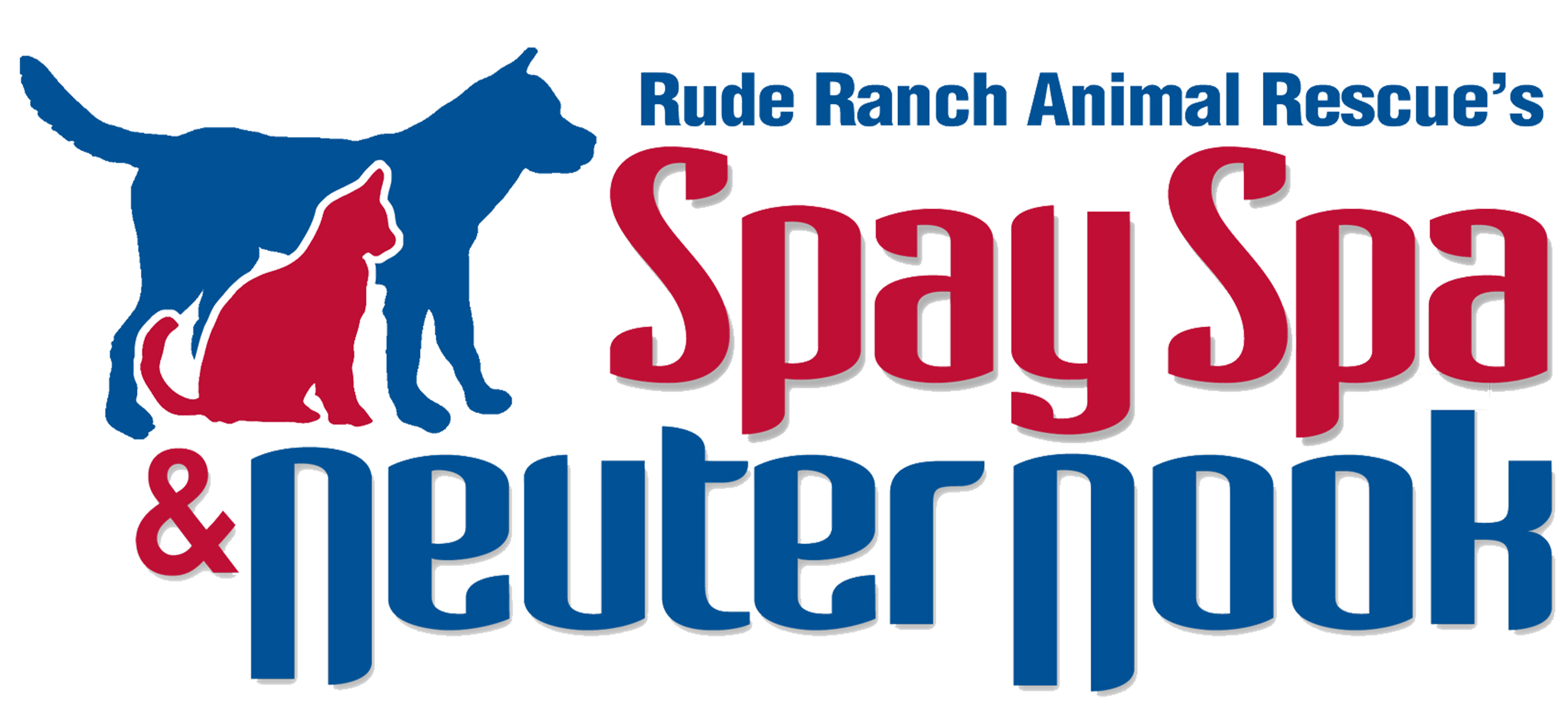PRE-OPERATIVE
It looks like you are planning a trip to Spay Spa & Neuter Nook! We are glad to welcome you and your furry friends. We hope the information included on this page and site helps you with your visit. You can find additional resources on our FAQ page. If you have niggling questions, please contact us.
Instructions for Dogs & Cats
Adult pets: No food after 10 pm the night before surgery. (Water is ok)
Puppies and kittens under 3 months old: Feed small breakfast no later than 6 am, then pick up food. (Water is ok)
Dogs must arrive on a leash or in a carrier. Take your dog on a walk before arriving at the clinic. Cats must arrive in separate secure carriers or traps; no cardboard boxes. One cat per carrier. If you are bringing a feral cat in a trap, please cover the trap.
You must bring proof of current rabies vaccination or a rabies vaccine will be administered here for an additional charge.
We suggest that your pet be current on flea/tick preventative within 30 days of your scheduled appointment in order to minimize the risk of possible exposure to parasites.
POST-OPERATIVE
If you are a visual learner, please watch this short video from our friends at Maryland SPCA with important post-operative discharge instructions. Please click the hyperlinks if you like to review PDFs of our post-operative vaccine instructions and post-operative care information. If you prefer to read on site, the instructions can be found below the video.
